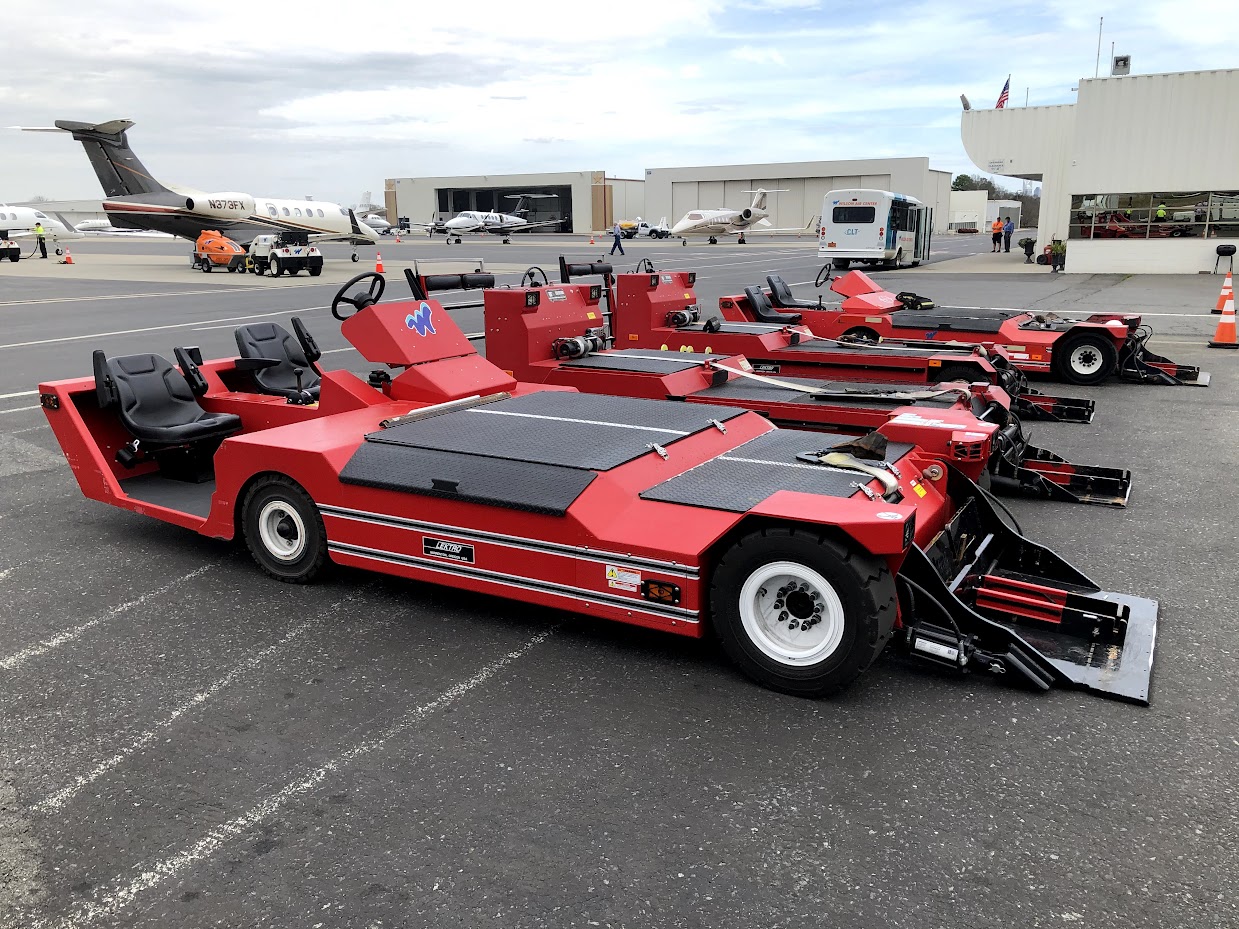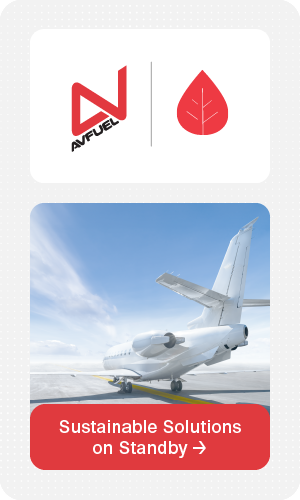What have the past few years shown us regarding workforce morale, retention, well-being, and support? Sometimes the “happy factor” is just as important as the paycheck—if not more. Culture starts at the top, and the “happy factor” has a trickle-down effect. Keeping the workforce happy will result in the workforce keeping the clients happy. The workforce relies on support from supervisors, managers, and other members of leadership or “upper management” to maintain a safe working environment and provide them the resources to perform their job safely, correctly, and to standard. Programs such as profit sharing, quarterly or annual safety or service bonuses, gift cards for those “caught in the act” for going above and beyond have worked their way through many operations. One area that may not receive the attention it deserves, however, is resources, particularly resources in the realm of Ground Service Equipment.
Ground Service Equipment, or GSE, is expensive, as it is designed and built for constant use under climate conditions that are at times not ideal; hot, cold, humid, dry—and this is just weather. The consistent starting and stopping of engines, parked to full RPM in a few short seconds stresses this equipment daily, pushing its limits. Because of the conditions under which this equipment works and stresses forced upon them, they must undergo a regular maintenance routine. Manufacturers provide general maintenance guidelines that should be followed to maintain the overall condition of the equipment. What about the maintenance that is not listed in the OEM’s checklist?
The benefits of well-maintained GSE surpasses the overall working condition of the equipment itself. When given a voice, front-line workers are not immediately seeking additional pay; although this is a factor, it generally does not come up as a leading indicator for lowered morale. What does seem to be a recurring theme is GSE—either the lack of availability or the lack of correctly operating GSE. Beyond general maintenance such as fluid changes, properly adjusting brakes, cables, linkages, and new tires is the overlooked piece of appearance. Well-maintained and good-looking GSE can be a factor in morale. Paint, seats, wheels, tires, are all considered only as items that are necessary to replace, but these items could be viewed from a different angle. What do your clients see when they taxi on the ramp? Do they see a fuel truck with leaks, stains, dents? They may wonder, “If this is how they maintain the truck, how do they maintain the fuel quality in that truck?” The condition of GSE can be an indicator of how the details of service are approached. A client may not notice well-maintained and clean GSE; however, they will notice when it is not. Should a client see this GSE next to their asset, there is a good chance they are questioning the safety and training of the operation they are trusting with their asset.
Another consideration is workforce uniforms. Clean, professional uniforms set the atmosphere for the operation, demonstrating to your clients the attention to detail that should flow throughout your operation. The ramp is the first and last thing your clients see when visiting your operation, and first impressions make for a lasting image. If that first impression is marred by dirty or unprofessional uniforms, a disorganized ramp, and GSE that appears to belong behind a hangar, your five-star lobby may not be what’s needed to regain the trust of your client.
Good looking, well-maintained equipment and clean, comfortable uniforms could directly affect the well-being of your workforce by ensuring your personnel feel professional and respected. Consider these factors if your team’s morale seems to be diminishing, which will directly affect how front-line workers care for clients. When frontline workers use GSE that works well and looks good while wearing a uniform that is comfortable and professional, morale will increase. This increase of morale will result in a workforce that will develop a Want to Serve, generating the atmosphere and culture of naturally increased teamwork that all customer-service driven operations seek.
By Brandon Popovich, NATA’s Manager Safety and Training






